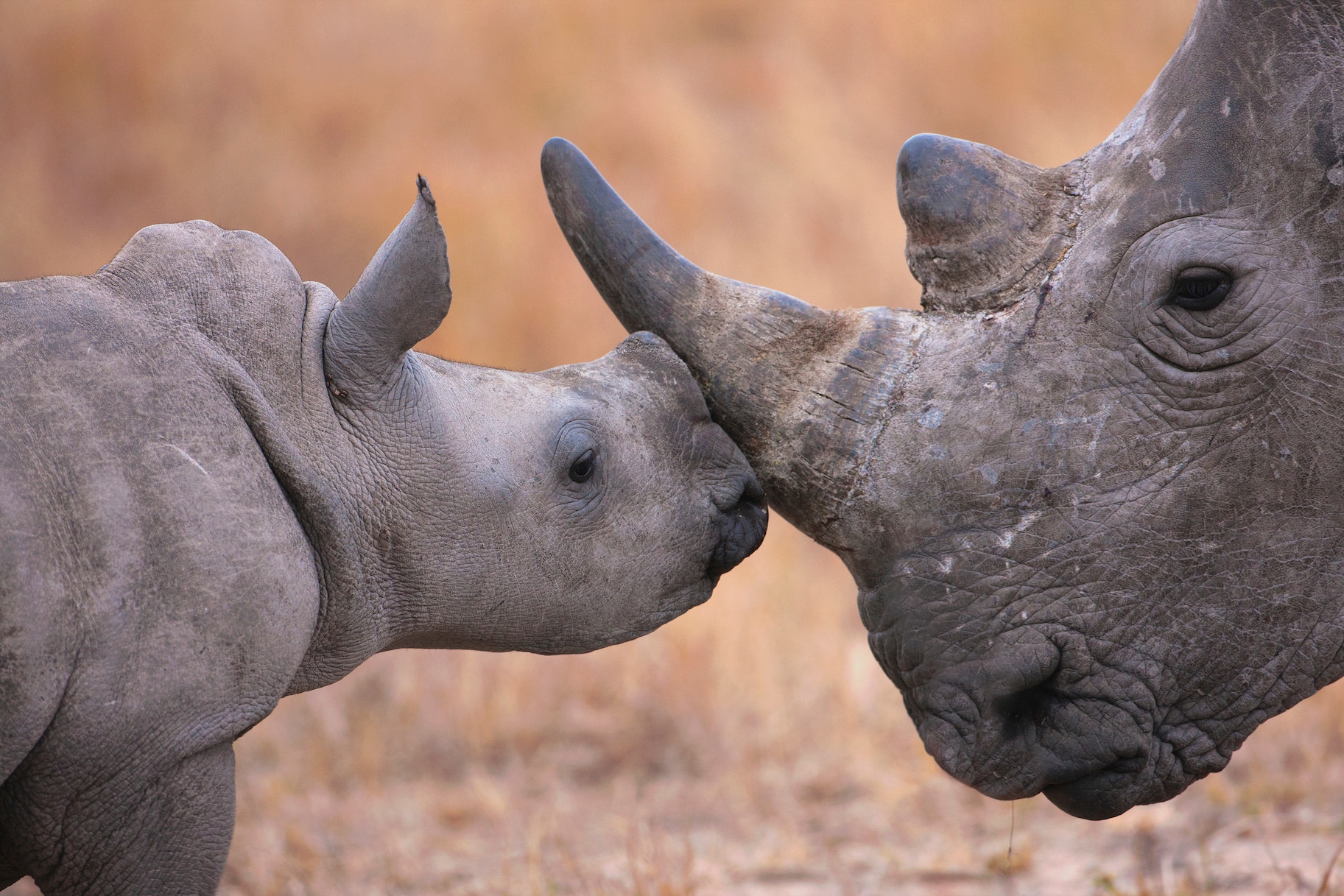Create a free profile to get unlimited access to exclusive videos, sweepstakes, and more!
Rhinos are evolving smaller horns in response to poaching
They're becoming smaller targets, but maybe not small enough.

In the 2006 animated feature film Over the Hedge, we see what happens — albeit through a fantastical lens — when wild animals are pushed into close proximity with humans. As humanity continues its encroachment on the natural world, transforming wild habitats into homogenized human settlements, we’re seeing an increasing change in animal behavior. Raccoons, for instance, didn’t evolve to eat trash and live in neighborhoods, but it’s what they’re most known for now. These interactions are happening all over the world, from wildfires in California pushing mountain lions into urban areas to rhinos living in Africa and Asia.
Today, there are five distinct species of rhino living around the world. Three of them are critically endangered, one is listed as vulnerable, and the final species — the white rhino — is considered near threatened. Rhinos are in a bad way across the board and humans are largely responsible. Scientists and conservationists believe that loss of habitat and poaching are the primary drivers of population loss.
That’s because in some parts of the world rhinos are more valuable dead than they are alive. Poaching is driven by the high value of rhinoceros horn. It commands high prices in parts of Asia, particularly China and Vietnam, where it is used in traditional medicine and in works of art. As a result, it’s estimated that rhino numbers have dropped considerably over the last several decades. According to the World Wildlife Fund, there were roughly half a million wild rhinos at the beginning of the 20th century. Today there are roughly 27,000, most of whom live in reserves or national parks.
RELATED: Frozen lab-grown embryos, a hail Mary for the northern white rhino
Some species have gone totally extinct and the northern white rhino, a subspecies of the white rhino, is functionally extinct with only two living females remaining in the wild. There is hope, however, for the northern white rhino to recover. Scientists are making efforts to preserve the species in the lab, using frozen sperm from deceased males. In the meantime, nature has its own conservation plan and it’s unfolding through the power of evolution.
Scientists from the University of Helsinki, the University of Cambridge, and the Rhino Resource Center in the Netherlands analyzed the length of rhino horns over time and uncovered a physiological change which could help rhinos survive. The only question is whether evolution is fast enough to combat humanity. The results of the research were published in the journal People and Nature.
Researchers used historical and contemporary images from the Rhino Resource Center’s collection to investigate the size of rhinoceros horns over time. The RRC has over 4,000 images of rhinos including still photographs and works of art dating back to at least 1886. Researchers identified 80 images from the collection, each of which showed a rhino in profile, and used those to measure any changes in rhino horn length. Because they were using historical images, researchers couldn’t get exact measurements of each horn and instead compared horn length to overall body length. They found that the size of the horns decreased significantly across all five major species, over the last century and a half. And that decrease in horn size is probably driven by poaching.
That’s because poaching rhinoceros is dangerous work, both because of the animals and because of the people working on reserves determined to protect them. Because rhino horn is so valuable, commanding between $20,000 and $400,000 per kilogram depending on the species, it makes sense that poachers would seek out the biggest bang for their buck. In practice, that means killing the animal with the largest horn. That pressure, even over only a century and a half, appears to have been enough to drive an evolutionary shift toward smaller horns. For some species, perhaps even all of them, that evolutionary change may be too little too late. If rhinos are to continue walking the Earth, it’s likely that the solution will have to come from the same place as the problem. Us.


























